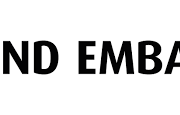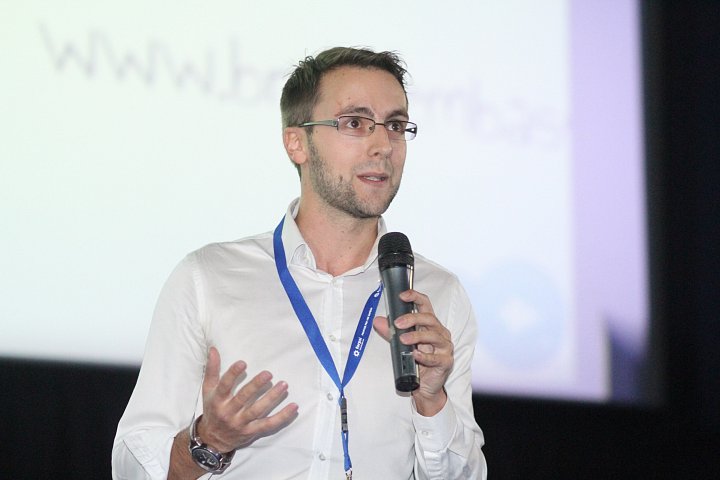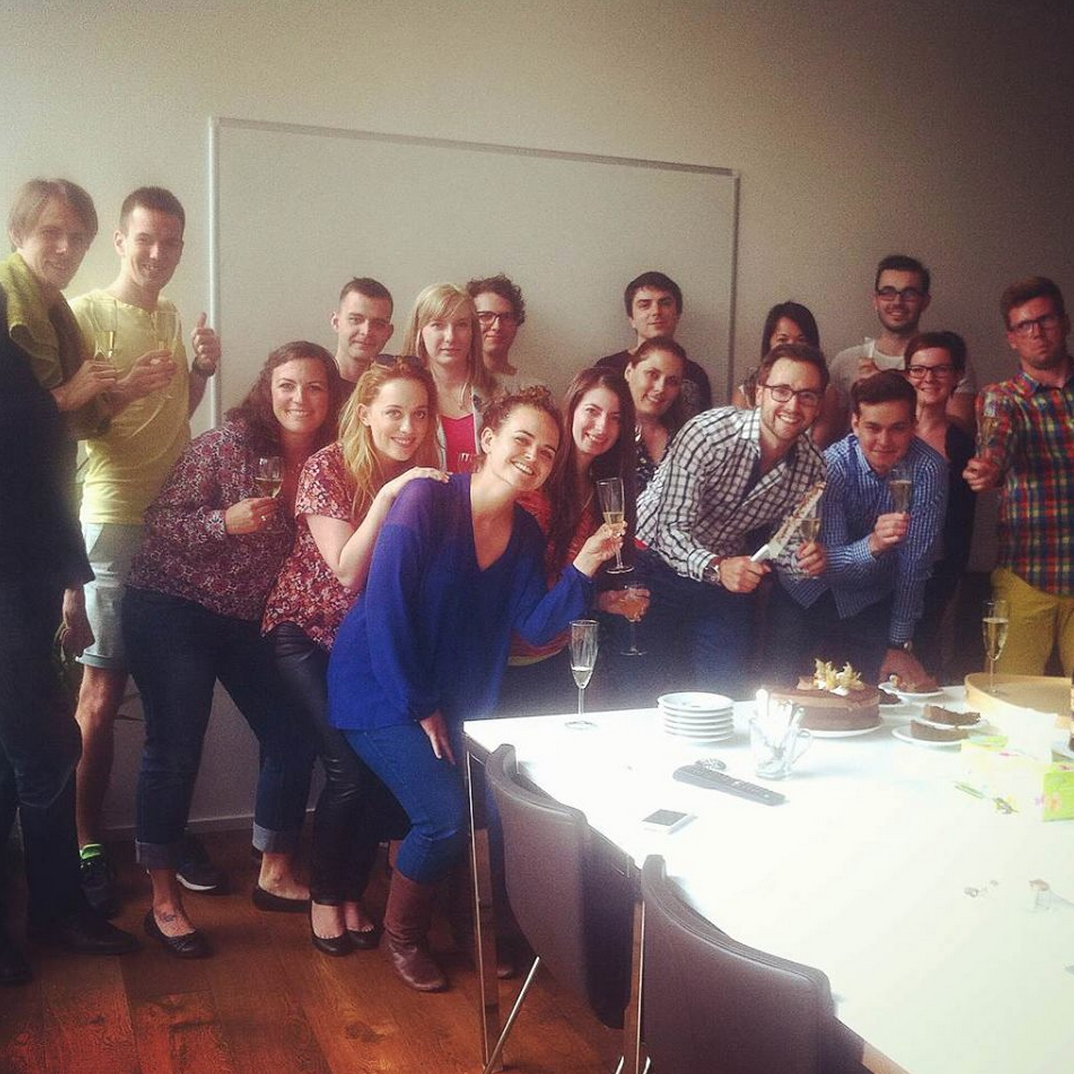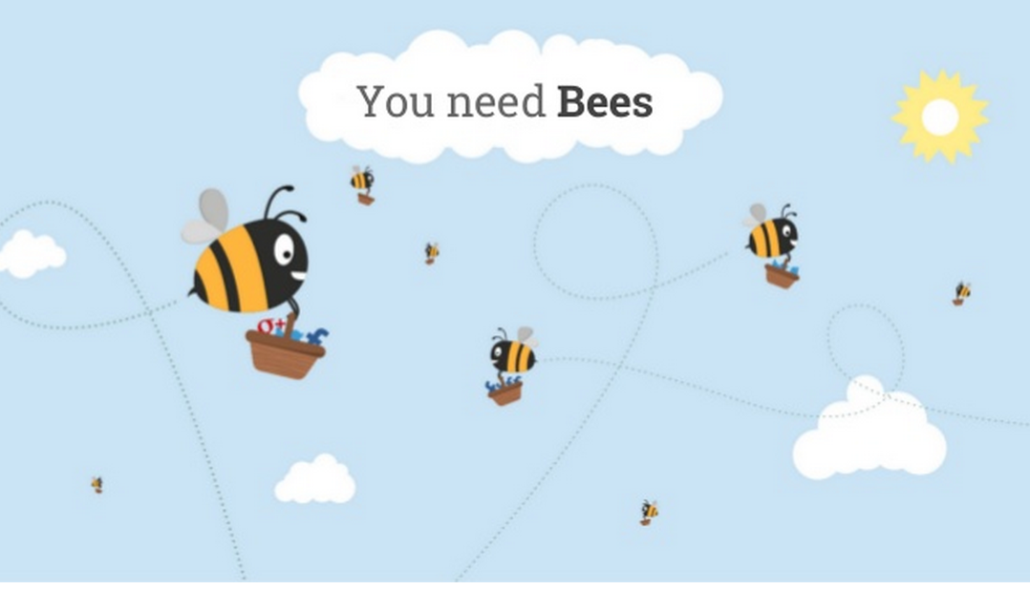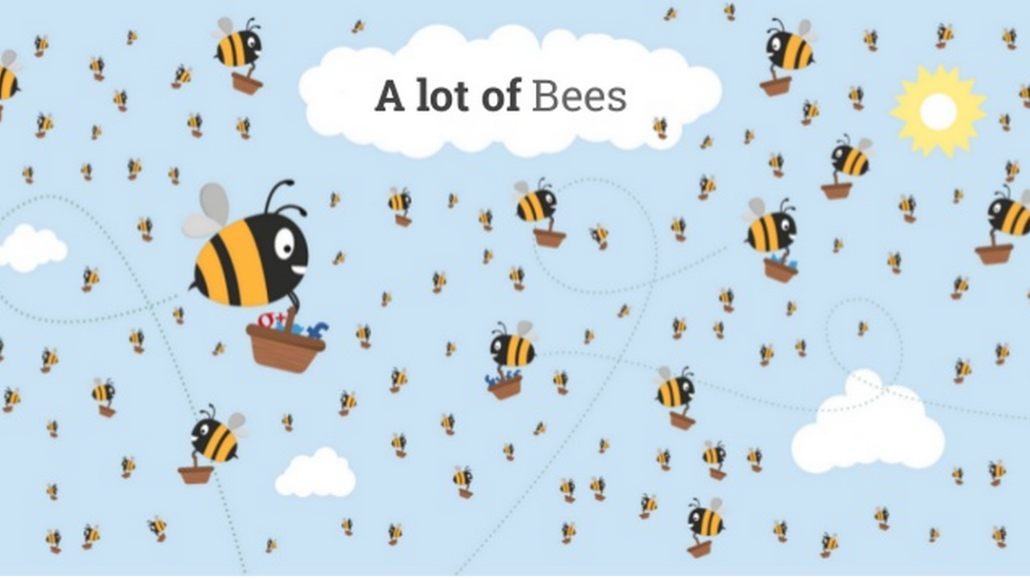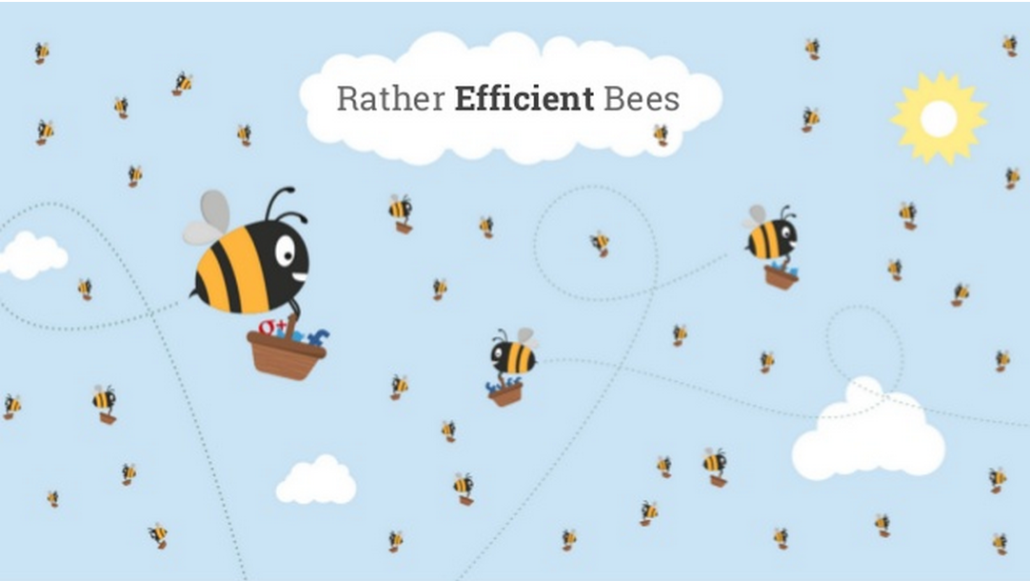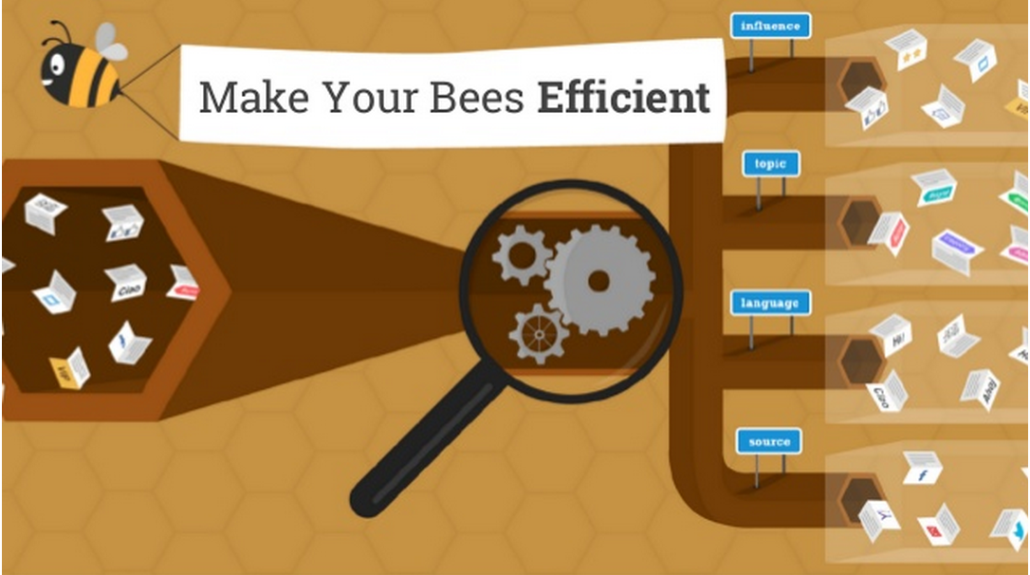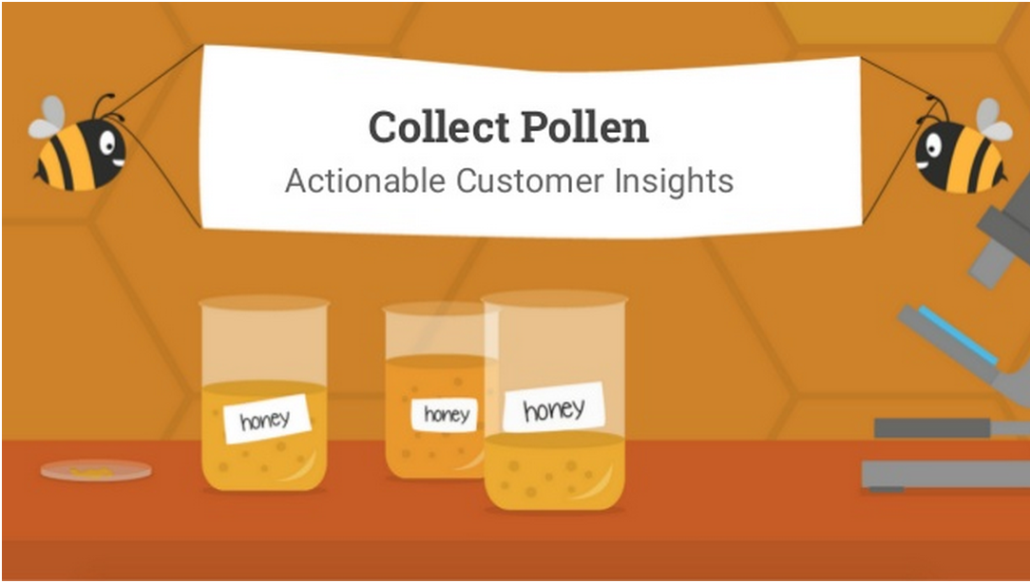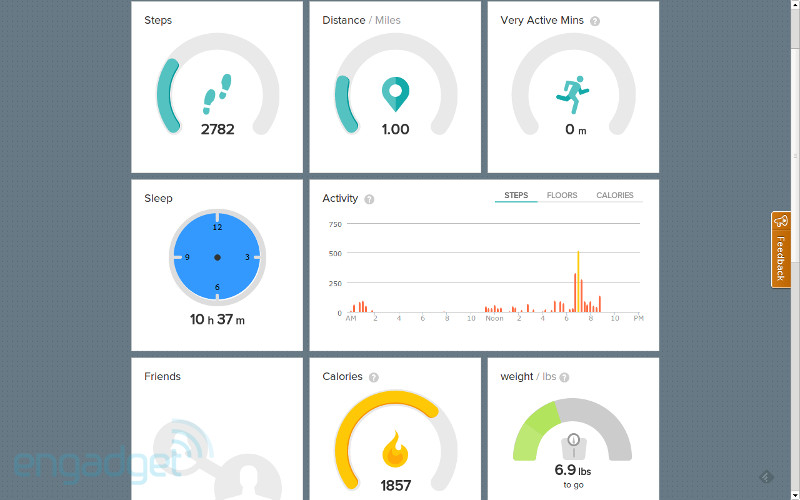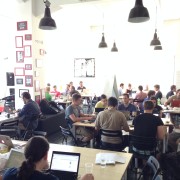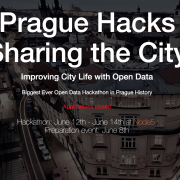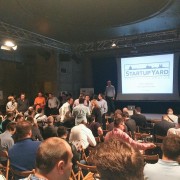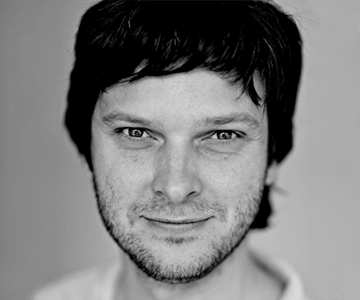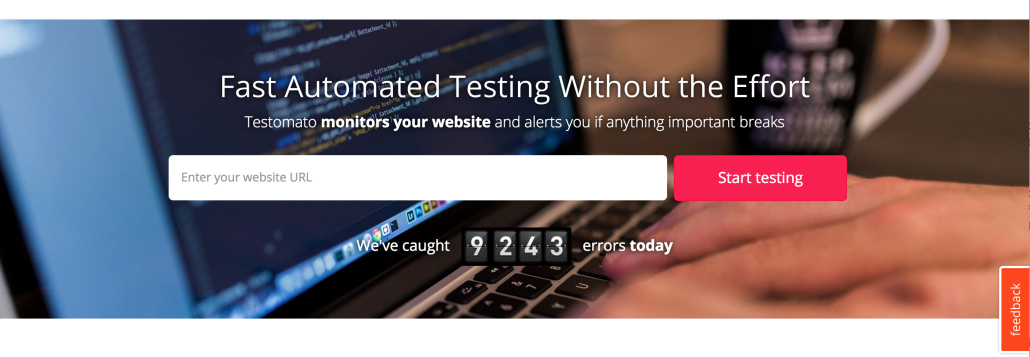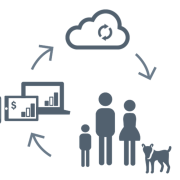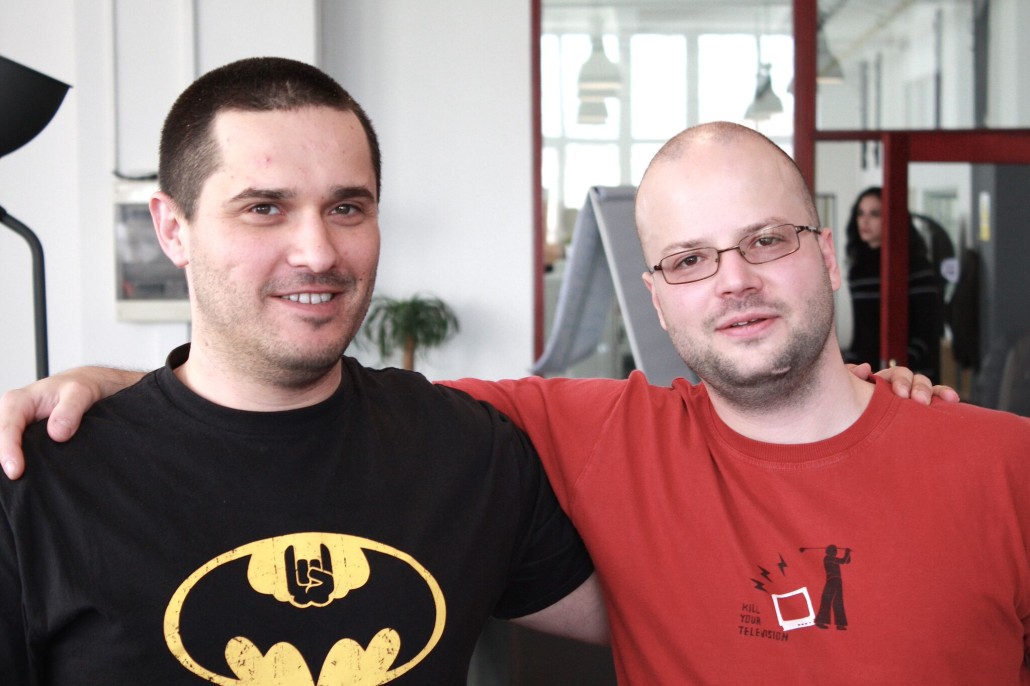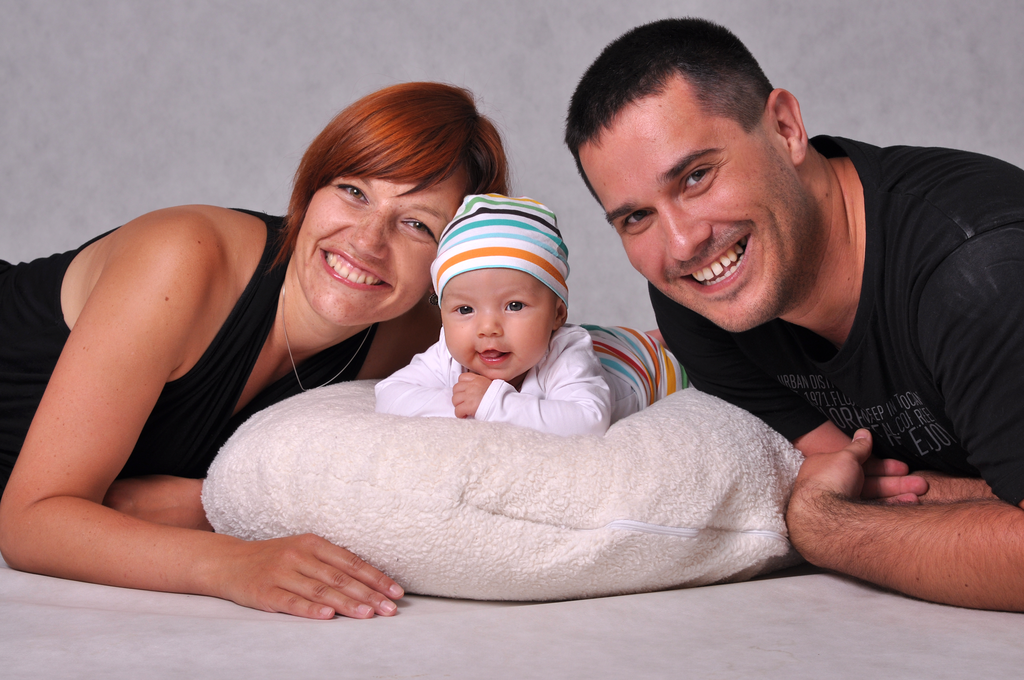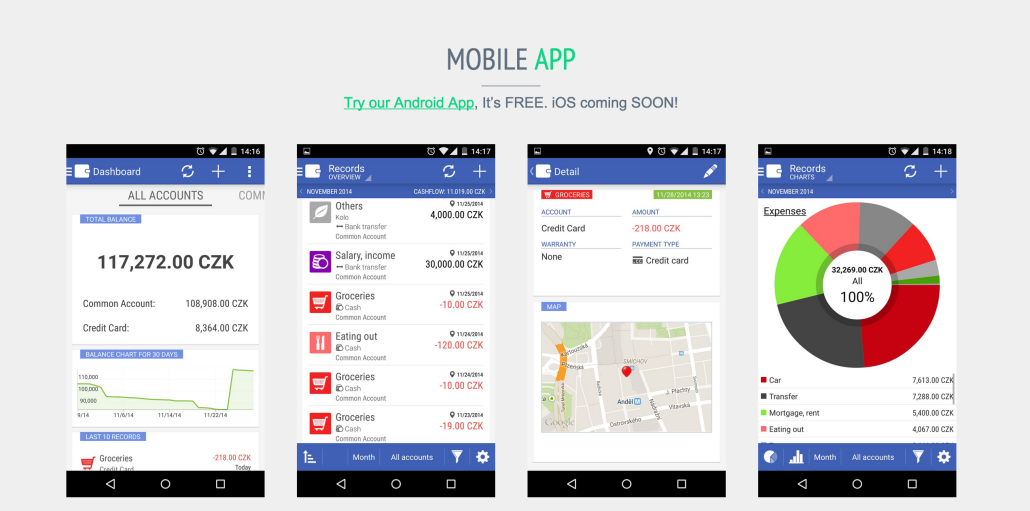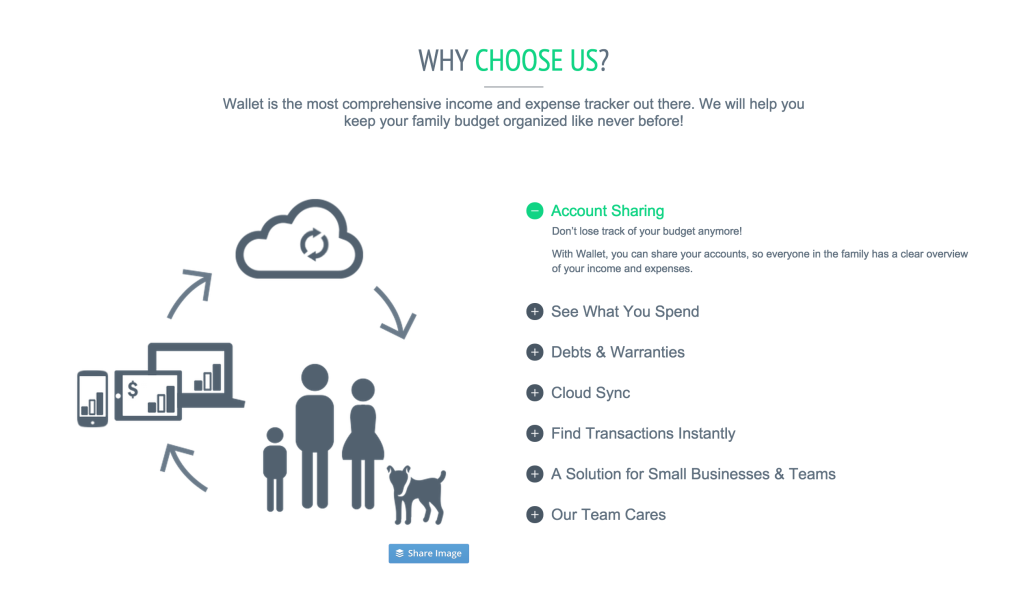Exclusive Interview with CzechCrunch Founder Michal Ptacek
Founded in 2014, CzechCrunch has been the Czech Republic’s answer to a raft of English language tech magazines that focus on startups around the world, but have long ignored the Czech Republic and central Europe generally, focusing on London, San Francisco, New York, and other larger cities.
With original daily reporting from a small cast of local writers and editors, the magazine’s content has at times verged on the tabloid-style of ValleyWag, and at others echoed the work of Wired, TechCrunch, and the incumbent Czech tech publication Lupa.cz. Its slick styling and focus on startups sets it apart from other Czech publications.
Michal Ptacek, an experienced net entrepreneur who owns multiple online publications and other businesses, and is now CzechCrunch’s sole proprietor, wants to bring the attention of average readers to the Czech technology sector, inspiring a new generation of would-be entrepreneurs in the Czech Republic.
I sat down with him recently to quiz him about where CzechCrunch started, where it is now, and where it might be headed.
Here is the exclusive interview:
Michal, tell us a bit about yourself first. What’s your background?
Well I remember when I was a kid I started playing with my uncle’s computer, it was a Commodore 64 running on Basic. Such a cool machine. We were mostly playing games but then one day my uncle bought me a book about programming, and I started to teach myself to program in Basic.
I remember my first program was just generating random numbers from 1 to 10 and then you had to guess which one it was. Then a few years later when I receive my first real computer from my parents, I started to learn Pascal and Delphi and to program actual freeware games with my friend. We were featured in some magazines, and stuff like that, but it was mostly a hobby.
Later I started some blogs and websites. For example when I was about 18 I launched a website called Starmagazin which quickly became one of the most popular entertainment blogs/magazines getting about 15 000 users daily. I basically took a very successful concept from a few U.S websites and applied it to the Czech market, and it somehow by a huge miracle worked, even though I didn’t know anything about marketing, SEO etc at all back then.
I think it was just huge luck and the fact that there weren’t lots of competitors back then. But what I loved about it was that I was just sitting in front of my computer in my room and was generating more money than my parents while still attending a high school. A year later I sold it to a digital agency and realised making websites is something I wanted to do in the future.
On the flip side, I also had lots of failures. The biggest one from a business perspective was definitely a local “copy” of Yelp called Flob.cz. It cost me lots of money from my own pocket and it just never really took off. A year ago I sold it to [Slevomat.cz Founder] Tomas Cupr for some pennies. :laugh:
Today my main business is a big network of mostly U.S based websites which I monetize via Adsense. It is nothing innovative and it is pretty boring most of the time, but on the other hand, I think it allows me to live a very comfortable lifestyle.
Recently I also launched this project called: OfficeLovin, which is a sort of platform featuring the offices of tech companies. It somehow became very popular and currently it is getting thousands of visits per day and still growing. This was when I somehow realised that the more money I spend on projects the bigger failure it is going to be in my case! :laughs: So now my approach is mostly: MVP (Minimum Viable Product).
Just for pictures of offices?
Yeah! You know, because offices have sort of become a major perk when it comes to working with certain companies, I wanted to give people a sense of what was out there. What helped me was that the site actually made it into the top 3 of new products on ProductHunt, just behind a new Foursquare, which really helped us get a lot of traffic and recognition.
A good office feels almost like a hiring tool these days, so it’s really easy to find great pictures of all these different workplaces. Nobody wants to work in a garage anymore- they want to work somewhere nice. So the result is that huge companies such as Shopify, Spotify, WeWork, Thumbtack and many others exclusively send us pictures of their offices so we can feature them on Officelovin.
Can you tell us a bit about the history of Czech Crunch? How did it get started?
Czech Crunch started about 14 Months ago. We launched it with my now former partner, Robin Razska, who is a well-known mobile app developer (he sold Summly to Yahoo) and basically we wanted to make a local clone of TechCrunch. We saw that as a huge and cool opportunity.
How has your vision evolved since it started?
So, just for some context, a few weeks ago I bought Robin out, and got a new partner (Vaclav Bedrich in) There were some differences of opinion on where we were going. I think the site was a mix between more gossipy content -something like ValleyWag, which I don’t like- and more serious content like TechCrunch. Let’s say that I’d prefer to come up with a balance that is more like Business Insider and TechCrunch or TheNextWeb.
So you want to balance between general readers and industry insiders?
Yes, basically. I think more Czechs are interested not just in startups, but in the Czech technology industry as a whole, and I think the audience for that could be much bigger than the one we currently have. We obviously still have a lot of readers interested in startups, and we want to keep covering them, but there are a lot of other aspects of the Czech technology sector that are underserved at present.
Who is CzechCrunch current targeted at, and who is reading it?
At this moment, it’s mostly startup guys. :laughs: People interested especially in mobile apps visit CzechCrunch. We also want to lean more towards the popular crowd. I want my mom to read it- you know? There are not enough purely tech people to support a great tech magazine, but if it is a magazine that also appeals to regular folks who are interested in what’s happening, and how the Czech Republic fits into that, then we might find a broader audience and get a better business model.
Do you feel CzechCrunch has had a positive impact on the Czech technology sector so far? What would you like to do better?
In general yes, we have. But I still see much more potential there. We want to make something much bigger from that.
We also want to lean more positive. That had been an issue of our vision, that sometimes we were somewhat gossipy and also negative.
Goal number one for us right now is to provide more articles per day. We need at least 10-15 articles per day, whereas we currently publish about 5… I’ve been talking to some authors recently, and it looks very optimistic. You will definitely see more interesting content from us in the near future.
What will that content look like? Features? Interviews? Investigative journalism?
Well not just startups for sure, but tech in general. And yes, features and interviews will play a bigger part because that’s what the readers like. More in-depth reporting is something we want to be able to do more.
In our current model, if we have exclusivity, we can find out about a story maybe 3-5 days before it happens. We can do some research and gather some background. But on the other hand, if we don’t have a story, then we’re looking at having to publish something within 20 minutes of hearing about it, to stay competitive with sites like Lupa. That’s not easy, obviously, and having more authors will help us to get ahead of the stories more.
We definitely also want to have more subjective writing, including editorials and features. Right now, it’s mostly “Company A raises X Crowns,” that sort of thing. More insider stories and opinions will help distinguish us from others, and give us more of a voice.
Are you considering branching out into English language content as well?
A lot of people are asking me about this, and I can see some sense in it, but to be honest I feel that there aren’t enough people yet to support it- it would be a hobby, not a business. And I want to have a business.
Maybe one of the ideas we have for the future would be to focus on Central Europe, not just Czech Republic. There are not really any great magazines covering tech in the region as a whole but it’s really in the future. There isn’t a lot of evidence to show that the region could yet support that kind of thing. We’ll see.
Speaking of the region, how do you feel about the current state of the Czech tech sector? What remains to be improved?
It’s getting better. If you look back a few years, there was a lot of bullshit, frankly. Everybody was doing mobile apps for the iphone- Facebook for cats, etc- the problem was that there were no business models-, just “me-too” products with no potential.
It was more like a lifestyle for many people – but today I think they realize it’s mainly a business, and you have to come up with something serious.
Startups a few years ago became way too cool- everybody wanted to do it, but it brought a lot of people into tech who had no experience with tech whatsoever. But these days I think that’s less of a problem. Tech grew up a bit in Czech Republic.
Investors of course are much more careful than the ones in US, as we all know. I feel it’s still way too passive here and it should be more aggressive. They should be investing more, and faster. On the other hand, I realise there are still not enough interesting projects to invest in.
Do You see more interesting projects than you used to?
Yes, we definitely do.
There’s SocialBakers of course, but they’ve been around for a long time now, in startup terms. They just hosted Engage 2015. It was absolutely amazing.
Apiary I am a huge fan of as well.
Rohlik.cz- it has everything, and I’m a big fan. I feel like everything Tomas Cupr touches just turns into gold. I am a huge fan of his businesses, and everything his team does it top notch. He brings a lot of focus and a high level in terms of delivery and execution, which is great to see and get inspired by. It lifts the game of all his competition in the region as well.
Speaking of interesting projects, why weren’t you (CzechCrunch) at StartupYard Demo Day 2015?
Well :laugh: It’s not every day you see John Sculley in Prague, it was something I wanted to see for a long time, and he was at Engage, which was on the same day as StartupYard’s demo day. That’s a shame, and it’s something I think should change when we have more authors, and can have a bit of a wider reach. It’s just bad luck too- you can’t predict what will be scheduled at the same time, and your demo day ended up on the same day as several other really big events. That’s tough.
What have been some of your most popular articles so far?
Articles about Czech companies are definitely the most popular.
Out of our top articles, number one was definitely our piece by Petr Ocasek- he wrote a very interesting piece about getting into 500 startups accelerator- it was so popular that it nearly brought down our servers :laugh:.
Pavel Kacerle: He’s a czech guy who moved to the U.S to pursue his dreams in the movie industry, and today he works for companies like Marvel, Disney, Lucas, and creates digital effects for movies such as Captain America, Avengers etc. He wrote 6 pieces for CzechCrunch where he described his journey, and that was very popular as well.
And of course investments in the Czech market. When Tomas Cupr sold [StartupYard alum] DameJidlo, the delivery service, that was really huge as well.
Czech articles are in general much more popular than pieces on foreign companies. You can read that stuff in TechCrunch or TheNextWeb, and I think many of our readers do, so we don’t want to necessarily cover the exact same territory.
How does CzechCrunch make money? Is it self-sustaining?
It is self-sustaining already, sure. It’s not as good as I would wish, but it’s mainly in advertising, including banners and sponsorships.
Sponsorships are like “PR articles,” but they’re real articles about the startup or company, and they also get a banner and mentions on Facebook and Twitter. We also interview them, so it’s really a complete package. It’s clearly labeled as sponsored content, but the thing is, if you look at it, it feels quite natural. We don’t want to do pure PR stuff, stuff that screams OMG this is PR.



